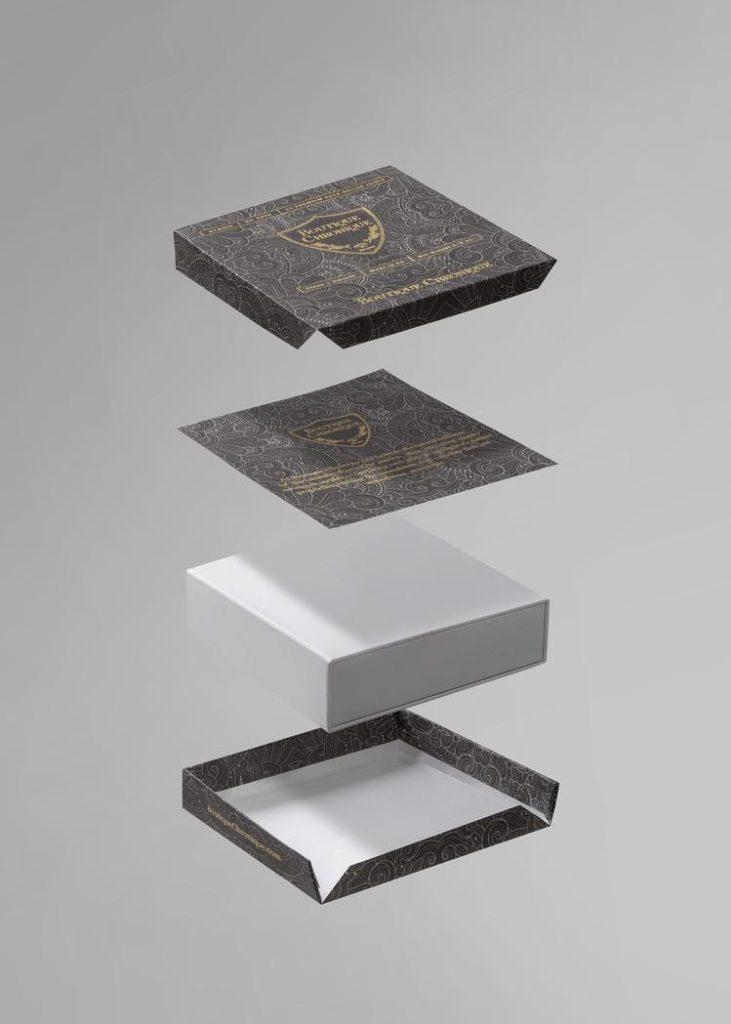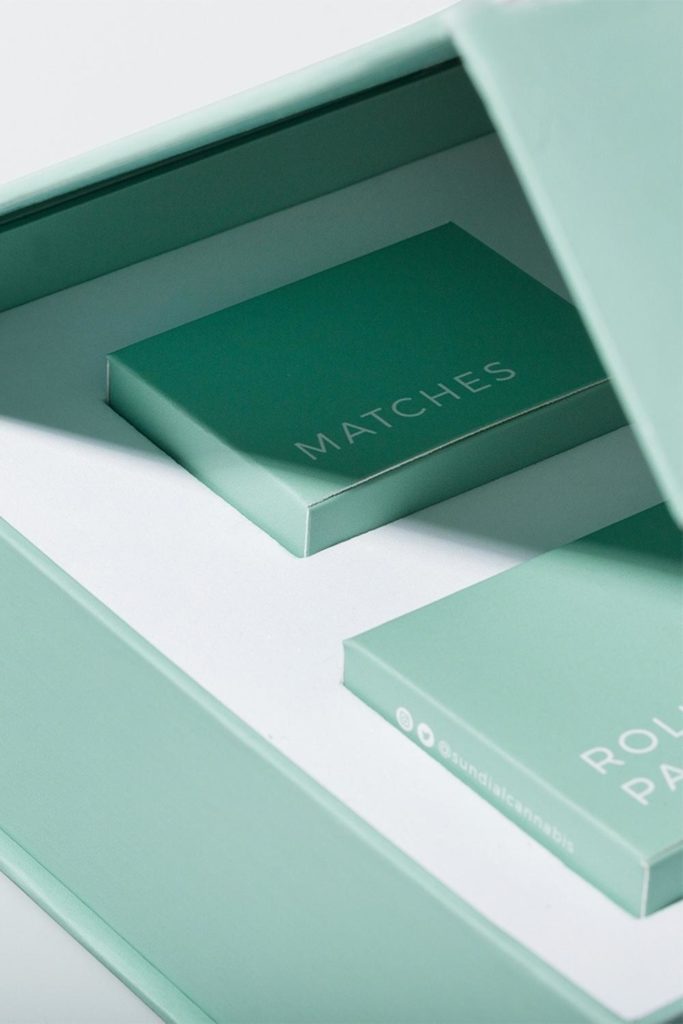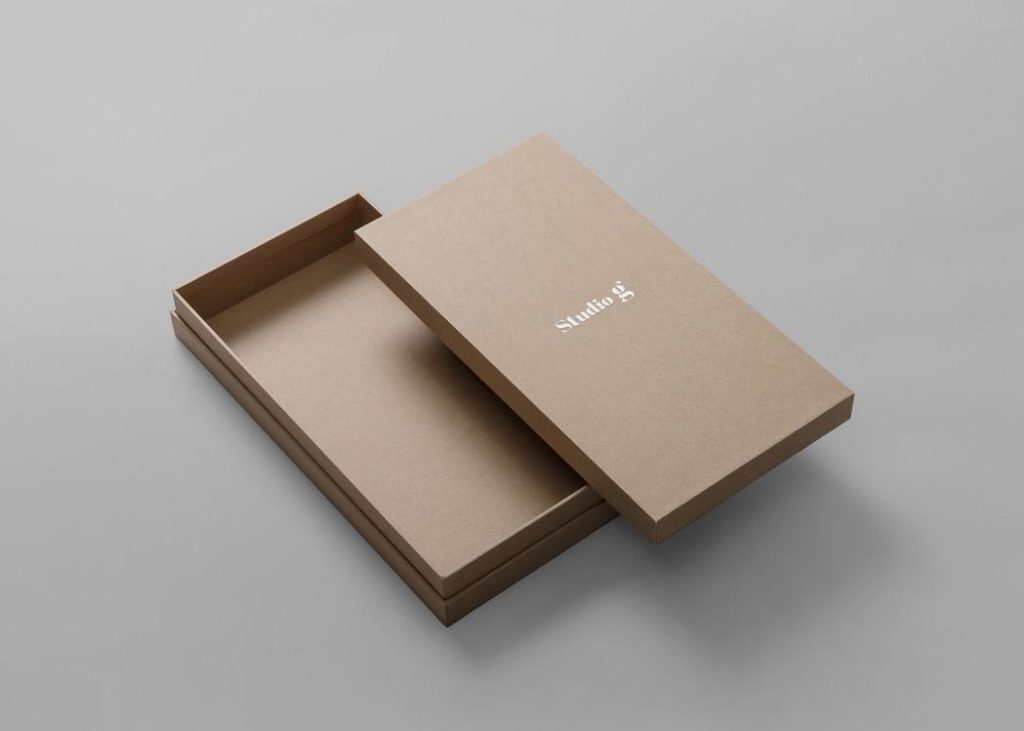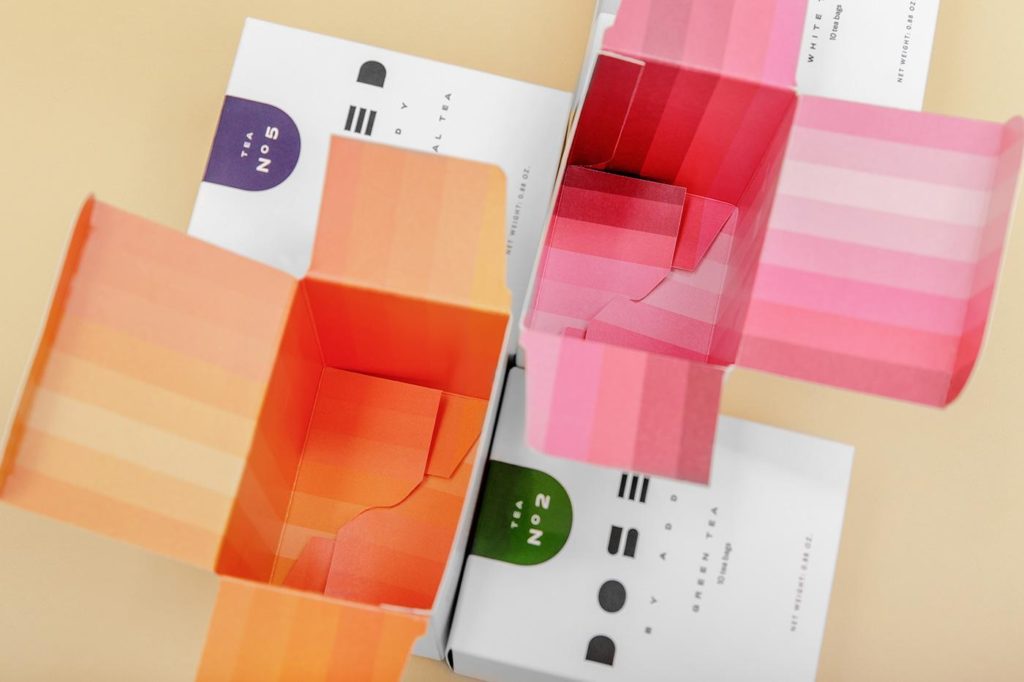Table of Contents
Do we truly know how many layers go into our packaging?
The answer is probably not.
On a day-to-day level, we’re not always thinking about the different types of packaging that go into products or the top considerations around packaging design.
But understanding the different layers of packaging and how they make a difference in the end can give your brand a significant advantage.
That’s why we’re looking at packaging layers in more detail for this article and how primary, secondary, and tertiary packaging add value to your product while keeping it safe.
What is Primary Packaging?
So what is primary packaging?
The simple definition: the packaging that is in direct contact with the product.
It’s what keeps your product in the best condition possible before it reaches shelves and consumers.
It’s only removed after purchase when the customer retrieves the product inside.
Think of primary packaging as your marketing landscape for products.

It’s where all the important branding goes, including
- Logos
- Slogans
- Artwork designs
- Information
It also acts as a communication tool as it showcases what your product is, what it does, why customers should purchase it and any important information such as:
- Expiry dates
- Ingredients
- Warnings
Generally, the goal with primary packaging is to have it adhere to the brand and be a reflection of the company while also introducing important information customers need to know.
The newer trends in primary packaging are going towards a minimalist approach and opting for eco-friendly options where possible.
Types of primary packaging include:
While that’s not an exhaustive list, it gives you an idea of how much variety primary packaging encapsulates.
Of course, the type of primary packaging used will depend on the industry and the product, but those are some of the common forms it can take.
What is Secondary Packaging?
Let’s look at secondary packaging now, or as it’s sometimes known, group packaging.
Secondary packaging revolves around pulling together different types of primary packaging forms and consolidating them.
So, for example, your product could be packaged into a jar and placed into a small cardboard box.
That box is then placed with many other product boxes into one large box to ship to a wholesale vendor.
The larger box that goes through the vendor would be the secondary packaging.
Secondary packaging isn’t designed with the consumer in mind.
Instead, it focuses on making the product easier to ship, transport, and store without incurring the risk of damage.
Therefore, secondary packaging needs to be designed with logistics in mind.

It also needs to be designed with a clear understanding of the product’s journey and how to reduce risks along the way.
While it doesn’t need to be fully branded, the secondary packaging should make it easy to identify the product inside at a glance.
Types of secondary packaging
- Large corrugated boxes
- Mailing bags
- Bins
What is Tertiary Packaging?
The third type of packaging is tertiary packaging, which follows a similar chain from primary to secondary packaging.
Tertiary packaging makes secondary packaging easier to handle. The goal is to scale and move as much secondary packaging as possible without losing time or efficiency.
Typically tertiary packaging is used to ship mass orders of packaging to fulfillment centers or warehouses in preparation for packaging your products.
Shipped flat in most cases, tertiary packaging ensures your supply chain runs smoothly.
It makes sure your packaging supply can be shipped and unwrapped with ease.
Similar to secondary packaging, tertiary packaging’s main goal is protection and space optimization to ensure your packaging supply remains safe and consistent with your brand reputation.
Types of tertiary packaging:
- Shipping containers
- Wooden pallets
The Importance of Packaging Layers
Packaging plays a huge role for in-store products and e-commerce.
As customers become more reliant on e-commerce, products need to withstand logistics, transport, and arrive to customers and in stores without being damaged.
That is why understanding the different types of packaging layers is crucial for optimizing on costs and efficiency.
It also enables a more robust packaging design that takes into account the customer journey and logistics into account to create tailored solutions for products.
However, depending on the product and industry, identifying the right kinds of packaging can be challenging without the help of packaging experts.
Additionally, businesses also need to consider sustainability.

Having a sustainable packaging design doesn’t only mean using eco-friendly materials but it also means producing as little waste as possible when considering each layer.
Considerations for your Packaging Layers
When evaluating primary packaging, think about how it can protect the quality of the product while also helping you create a branded experience for customers.
You should choose solutions that provide the utmost protection for products, especially when considering secondary packaging.
For tertiary packaging, protection is also a contending factor, but efficiency of carrying large volumes is the leading consideration.
Think about whether the volume you have ordered will do better on pellets or whether it needs the extra protection of a box.
Keeping all packaging visually consistent and connected to your brand should be a consideration when looking at packaging solutions for each layer.
While secondary and tertiary packaging may not be directed at consumers, providing vendors and logistics companies with a convenient and easy restocking and shipping experience, can also elevate your brand authority.
Think about how the design communicates your brand value and the type of efficiency and optimization it offers in your supply chain.

These auto-bottom boxes provide a faster and more efficient packaging process for your products!
Businesses that can standardize their packaging types and optimize based on their products’ unique journey are better poised for cost-saving and efficiency.
Furthermore, packaging choices need to consider each part of the journey, from creation to customers.
How is the product currently packaged?
How will it be stored?
What are the different processes the products will go through as they move from manufacturer to customer?
Is there any prior feedback that your business can incorporate into the packaging layers?
How can you make your product stand out from others in a competitive market?
These are just some questions to consider as you design your packaging layers.
The answers will vary depending on your product type, but this gives you a starting point on building a comprehensive packaging solution based on product characteristics.
Balancing form and function is often a challenge for businesses, but that’s where understanding the different types of packaging layers comes in.
The more you can identify the different packaging types and what value they provide, the easier it will be to design with your product journey in mind.
Working with solution providers on each layer of your packaging ensures you are optimizing your choices and keeping your products and packaging supply in quality condition.
Get in contact with PakFactory’s packaging specialists to get expert advice on your primary, secondary and tertiary packaging solutions.





